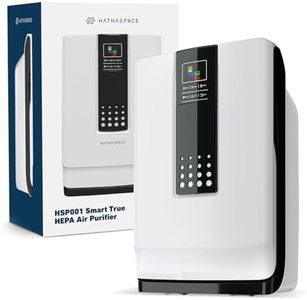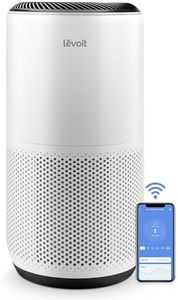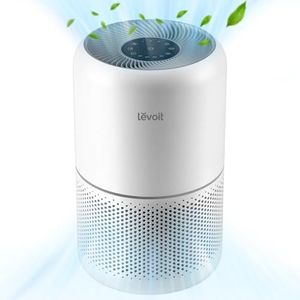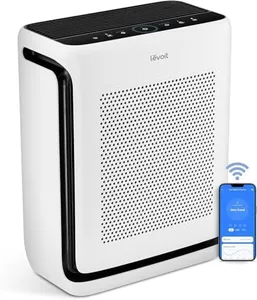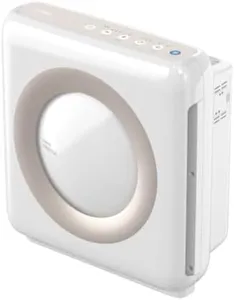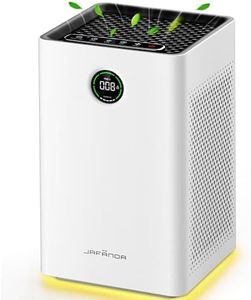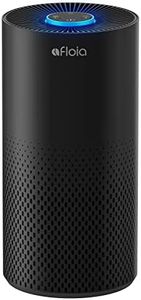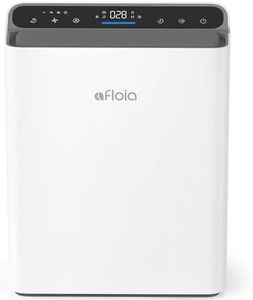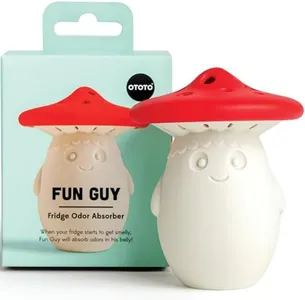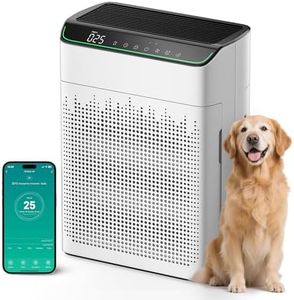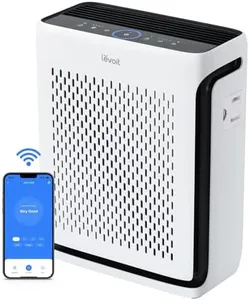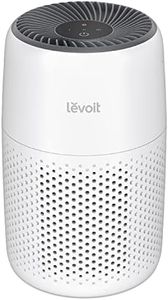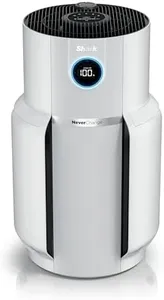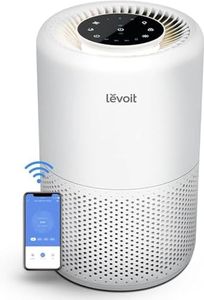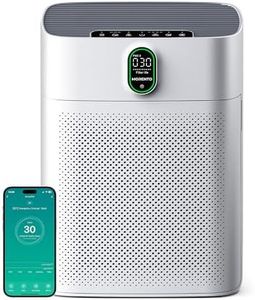We Use CookiesWe use cookies to enhance the security, performance,
functionality and for analytical and promotional activities. By continuing to browse this site you
are agreeing to our privacy policy
10 Best Air Purifiers
From leading brands and best sellers available on the web.Buying Guide for the Best Air Purifiers
Choosing the right air purifier can make a big difference in the air quality of your home or workspace. The best air purifier for you depends on your room size, the type of pollutants you want to remove, and your personal needs such as allergies, pets, or sensitivity to odors. Understanding the key specifications will help you make an informed decision and ensure you get a device that truly improves your indoor air.Filter TypeThe filter type determines what kind of particles and pollutants the air purifier can remove. The most common is the HEPA filter, which is excellent for capturing dust, pollen, and other small particles. Some purifiers also include activated carbon filters for odors and gases, or UV filters for germs. If you have allergies or asthma, a HEPA filter is essential. If you’re concerned about smells or chemical fumes, look for a model with an activated carbon filter. For extra germ protection, consider UV or other specialized filters.
Room Coverage (Square Footage)Room coverage tells you the maximum size of the area the air purifier can effectively clean, usually measured in square feet. Small purifiers are suitable for bedrooms or offices, while larger units can handle living rooms or open spaces. To pick the right one, measure your room and choose a purifier rated for at least that size. If you use it in a larger space than recommended, it won’t clean the air efficiently.
Clean Air Delivery Rate (CADR)CADR measures how quickly the air purifier can clean the air of dust, pollen, and smoke, usually given as three separate numbers. Higher CADR means faster and more effective cleaning. For small rooms, a lower CADR may be enough, but for larger or more polluted spaces, look for higher CADR values. Match the CADR to your room size and your sensitivity to pollutants.
Noise LevelNoise level, measured in decibels (dB), tells you how loud the air purifier will be during operation. Lower numbers mean quieter performance, which is important if you plan to use it in a bedroom or office. If you’re sensitive to noise or want to run the purifier while sleeping, look for models with lower noise levels or a quiet/sleep mode.
Maintenance and Filter ReplacementAir purifiers need regular filter changes to work effectively. Some models have filters that last longer or are easier to replace. Check how often the filters need changing and how easy it is to do. If you prefer less maintenance, look for purifiers with longer-lasting filters or filter change indicators. Your willingness to perform regular upkeep should guide your choice here.
Additional FeaturesSome air purifiers come with extra features like air quality sensors, automatic modes, timers, or smart controls. These can make the purifier more convenient and efficient. If you want a set-and-forget experience or like controlling devices with your phone, look for these features. If you prefer simplicity, a basic model may be better.
